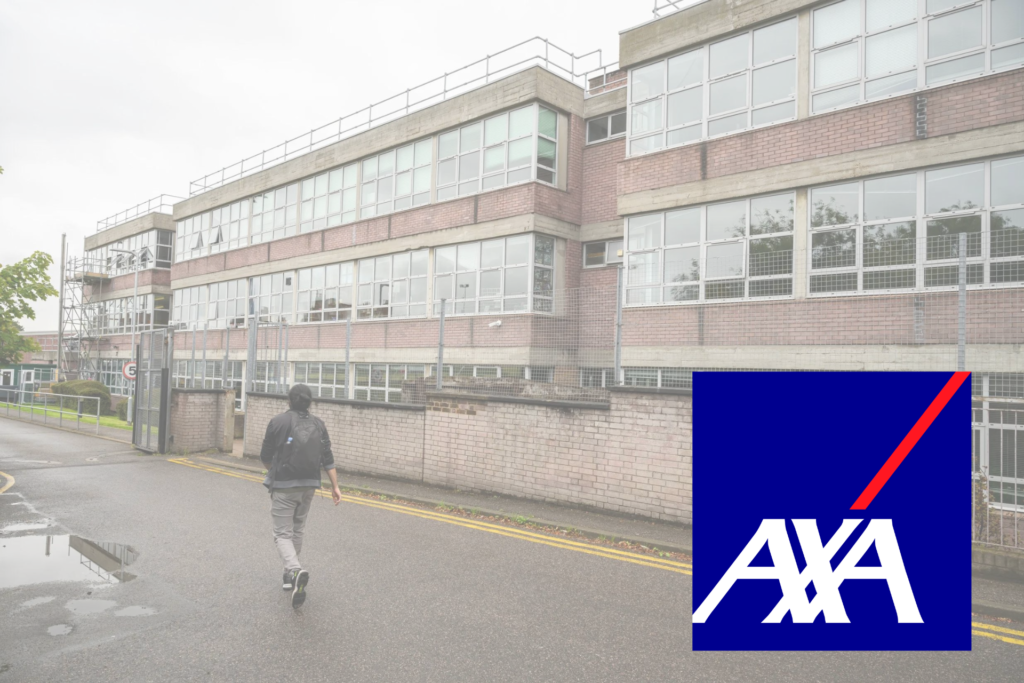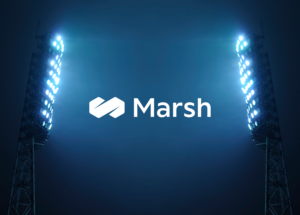Facing the urgency of informing customers about the potential impact of RAAC on buildings they own or occupy, AXA Commercial undertook the task of reviewing over 70,000 documents. These documents, sourced from in-house risk engineers’ visits to customer sites, required meticulous scrutiny for any mentions of RAAC—a process that, if done manually, would have extended over a year.
However, leveraging cutting-edge AI technology, AXA Commercial managed to accomplish this document review within a matter of hours. The AI tool, swiftly trained to comprehend the nuances of RAAC construction, efficiently identified buildings at risk.
The initial checks flagged 65 cases as potentially containing RAAC, and after a comprehensive desktop review, four cases were confirmed. This entire process, from identification to confirmation, transpired in just one week. AXA Commercial’s underwriters are now actively engaging with the affected customers, discussing next steps and outlining how AXA can continue to provide support.
RAAC, a lightweight form of concrete prevalent from the 1950s to the mid-1990s, is known for its inferior strength and durability compared to standard concrete. Notably, over 100 schools in England and Wales had to close buildings upon discovering RAAC in their construction. AXA’s agile use of AI technology underscores the potential of innovative tools in addressing critical issues with speed and precision.
Dougie Barnett, Director of Customer Risk Management at AXA Commercial, said: “This was a situation where speed was of the essence – our customers were concerned about their buildings, and we were able to provide reassurance about which ones were at risk.
“Using the AI tool enabled us to react quickly to an urgent issue, rapidly reviewing thousands of pieces of data to identify those customers whose buildings could have been constructed using RAAC.
“Our customers are our priority, and we are constantly exploring ways to use new technologies to improve and enhance our processes. This powerful AI tool has shown it has the potential to revolutionise admin-heavy tasks of unstructured data and allow us to respond rapidly when needed.”








